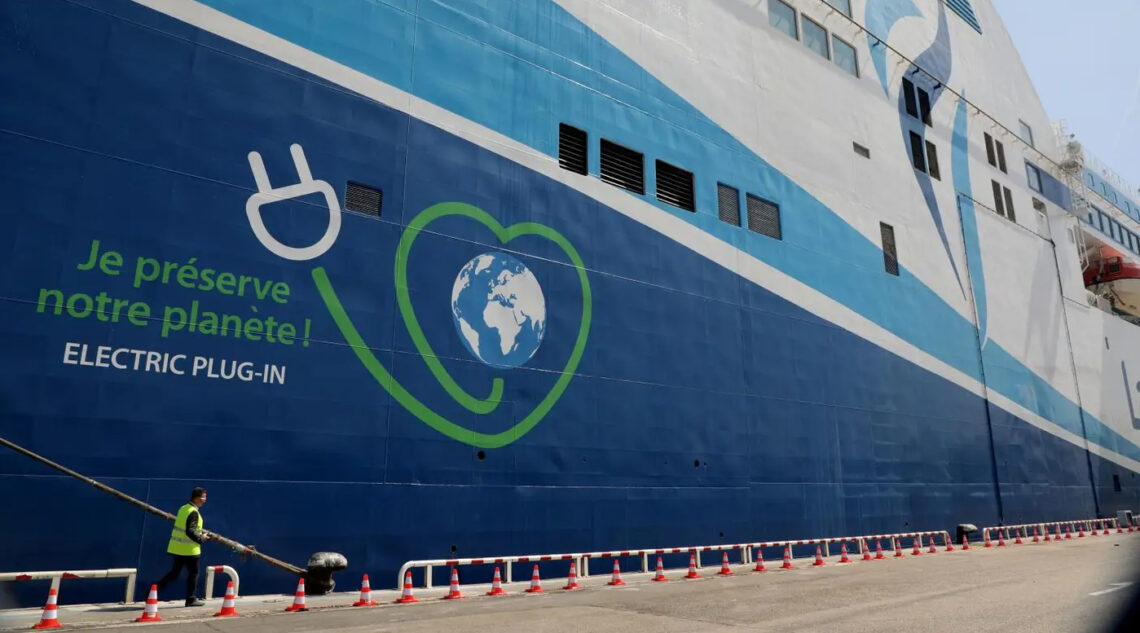In Marseilles, there is the aim to create the sustainable Mediterranean city of the future. Efforts to combat air pollution from maritime shipping and heavy industry: there are a number of solutions already in use (LNG, shore power, scrubbers, etc.), while others, such as hydrogen, are at the experimental stage. The port – GPMM is particularly active in the Energy transition and circular economy, but there is a real risk of opposition vis-à-vis ports (especially for activities such as cruises). To address that, ports have strengthened their consultation mechanisms in collaboration with the AGAM (Agence d’Urbanisme de l’Agglomération Marseillaise, Planning Agency for the Marseilles Conurbation), with a city-port charter and city-port dialogue. In this interview, we discuss with them the issues related to this commitment on the territory of Marseilles.
The AGAM has been an active member of AIVP since 2004.
PIICTO, an industrial ecology platform
AIVP – In 2017, you published a special booklet on the circular economy in the city and port of Marseilles. In it, you presented the PIICTO project, an industrial ecology scheme created in 2014 and coordinated by the Marseilles Chamber of Commerce & Industry.
Can you tell us briefly what its main components are, and what challenges are involved?
Xavier MOIROUX, Economics Research Officer at the AGAM – Agence d’Urbanisme de l’Agglomération Marseillaise
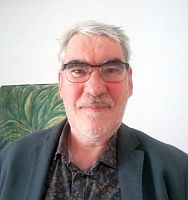
On a 1,200 hectare site in the industrial port zone of Fos, the PIICTO platform houses 17 chemical, materials, and energy companies including Kem One, Lyondell, Bayer, Asco Industries, Elengy, Air Liquide, Solamat Merex, Everé, and GDF Suez. The platform represents 5 million tonnes of maritime traffic (6% of the total traffic passing through GPMM – Grand Port Maritime de Marseille) and employs 3,000 people.
PIICTO started out as a laboratory for the circular economy and territorial industrial ecology within the Industrial Port Zone of Fos, known as the “ZIP”. It took inspiration from the circular economy movements begun at the major industrial ports of northern Europe, such as Kalundborg (Denmark) and Dunkirk. Those movements are based on the principle of pooling resources and exchanging flows of materials and energy between businesses and with the local area.
In more concrete terms, PIICTO has launched a steam network, which has generated substantial savings for those involved and helped to raise the international appeal of the sector in a “plug and play” equipped zone. Chinese firm Quechen has already opted to join the platform, and 400 million euros of investment is earmarked for it between 2020 and 2025.
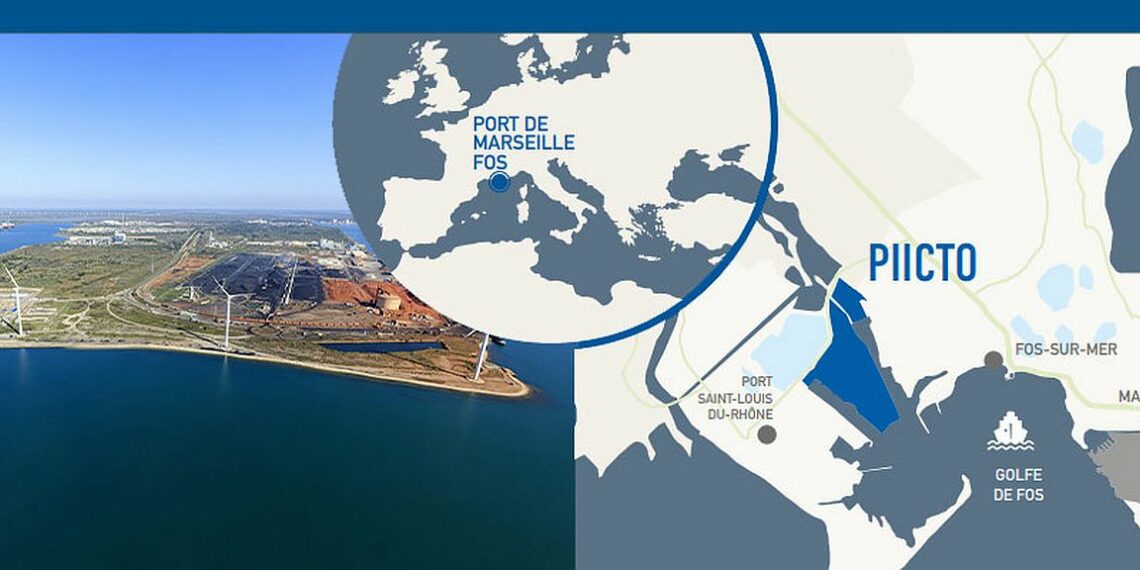
One of PIICTO’s key features is the creation of an incubator for innovation in the energy transition field: Innovex. It occupies a 12 hectare site, and benefits from the presence of PIICTO’s industrial operators, offering the opportunity to test pre-industrial pilot projects in the area of energy diversification (CO2, hydrogen, bioremediation, power to gas, renewable storage, smart grids, bio-refining, etc.).
Today, PIICTO, which is founded on a collective approach, has cemented its position as one of the leading industrial platforms in the Aix-Marseille-Provence agglomeration, housing activities in multiple different fields. Committed to the circular economy, the platform aims to play a central role in the energy transition and is a valuable testing ground for the region in these fields.
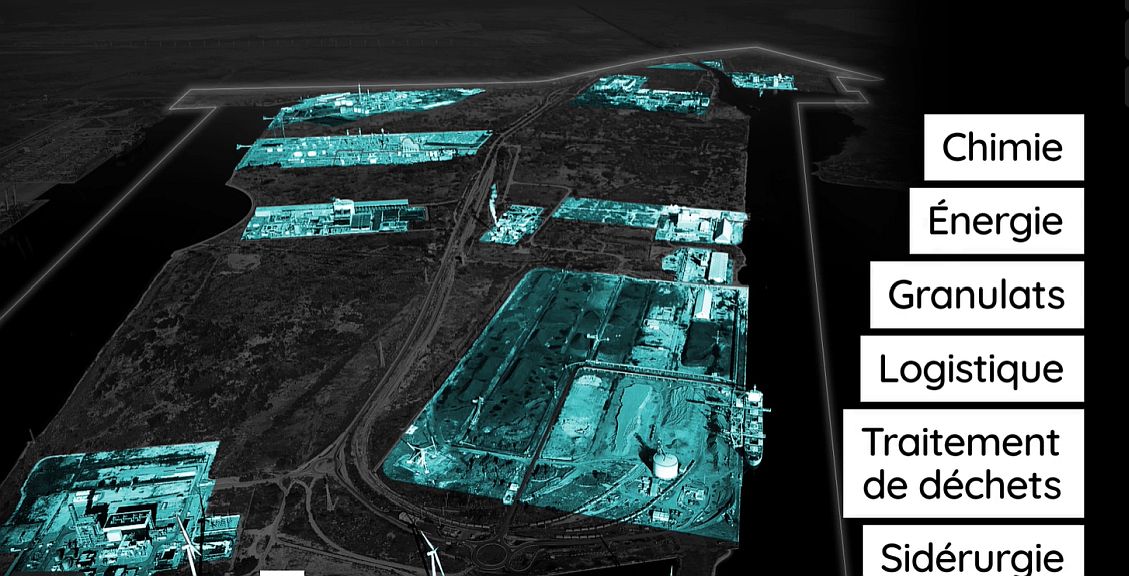
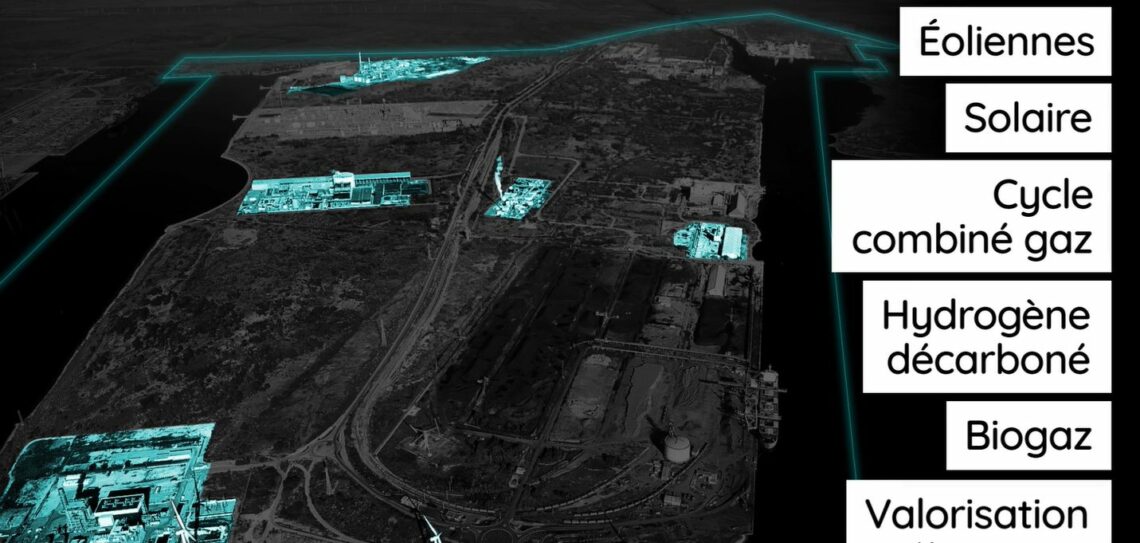
What impact, what developments?
AIVP – How do you see the project today? What are its impacts, and what could be done to optimise it?
Xavier MOIROUX, AGAM – It’s a precious project for the future, that will see Marseille Fos follow the circular economy trail blazed by northern Europe’s big industrial ports, but it is also important for the energy transition in the region. There are a number of projects in the pipeline in this area, including Jupiter 1000, carbon4pur, and others. Many of them are to do with hydrogen (kem one, based on the platform, already produces 10,000 tonnes of hydrogen annually), particularly with the need to switch from grey to green hydrogen.
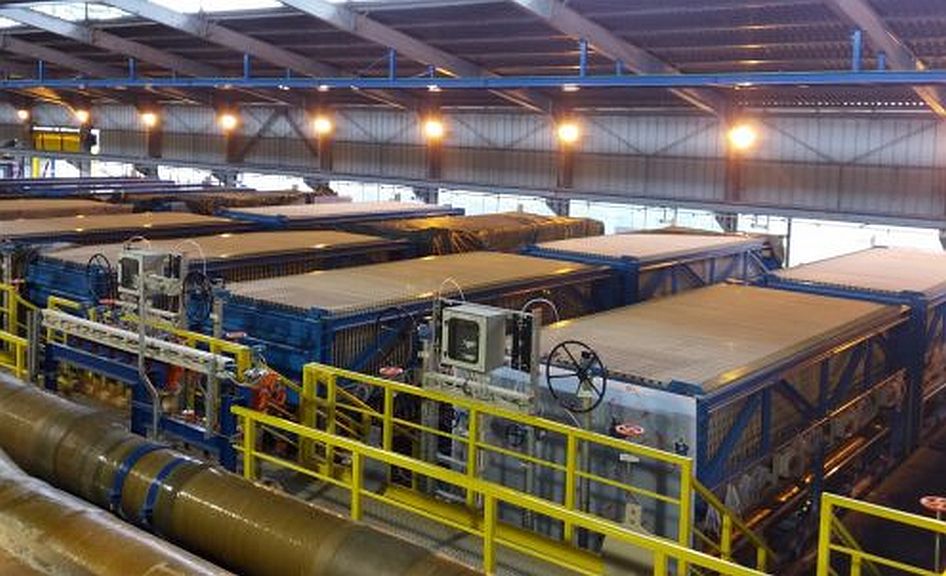
PIICTO is also a powerful tool for promoting economic growth and innovation in the Industrial Port Zone, which now stands alongside the other innovation hubs in the conurbation, especially in the field of the energy transition.
It is breathing new industrial life into the ZIP. The zone can be thought of as a space for preserving hydrocarbons and heavy industry, which are closely associated with pollution and will have to disappear eventually. Whilst we will certainly need to reduce our dependence on hydrocarbons, the issue of reindustrialisation (which is increasingly at the forefront of public debate, particularly since the onset of the health crisis) is putting this territory back in the spotlight. Committing to the energy and ecological transition does not mean abandoning industry, but paving the way for it to change radically. That change must encompass decarbonisation, the energy transition, and the industry of the future. It will not just ensure that industry is able to navigate the ecological transition successfully, but will also restore local, national, and European technological sovereignty, a goal that features heavily in the French economic recovery plan. In that respect, PIICTO is a unique offer of land, in a geographical area historically dedicated to activities of this kind.
PIICTO involves a large number of projects, so in order to optimise it we need to regularly assess their progress, so as to make its potential clearer. The challenge is to transition the platform from being a testing ground to a pilot territory for the energy transition and for Industrial and Territorial Ecology.
That process of optimisation may also mean opening up PIICTO more to the outside, with the ZIP at Fos and, more widely, with other industrial zones in the conurbation with which it exchanges flows of goods and materials. From that perspective, it is worth noting that PIICTO’s intra-metropolitan cooperation efforts are being scaled up, not just with the “Cap énergies” competitiveness cluster, but with a variety of organisations and institutions. To develop that, the AGAM has enlisted PIICTO as a partner for its efforts to develop an industrial-port network. As part of this partnership, we are taking part in PIICTO’s decarbonised logistics initiative.
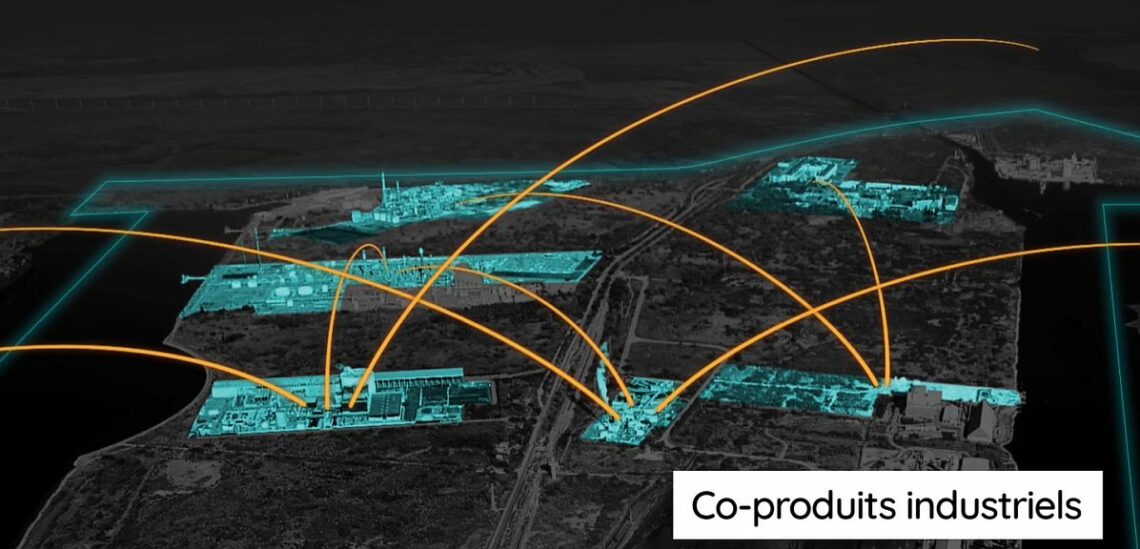
Advantages of City Port territories…
AIVP – … To conclude, what do you see as the advantages and specific features of City Port territories in terms of the energy transition and renewable energies ?…
Xavier MOIROUX, AGAM – Major industrial ports are engines for the energy transition and renewable energies in their regions. They are on the front line, and their decarbonisation (a key plank of the recovery plan) – combined with efforts to counter air pollution – is clearly vital.
These big industrial ports are a big part of the solution to launching the energy transition: producing clean fuels (LNG) and hydrogen in large quantities, generating electricity from renewables, shore power, etc.
Today, the main green hydrogen production projects are emerging primarily around the big heavy industrial sites, especially in the Aix-Marseille-Provence Conurbation (PIICTO, Fos ZIP, La Mède, Gardanne, Berre l’étang, etc.), which incidentally also have very close ties to Grand Port Maritime de Marseille. The Fos ZIP being the main one.
Industrial port zones are also ideal locations for marine renewables, especially in the industrial phase. For example, Fos is the only location able to host the new plants where floating wind turbines will be manufactured. It has plenty of land (including land already artificialised and re-allocated for this new purpose), unlike the rest of the conurbation. But the Eastern docks at the port of Marseilles are not to be outdone in this area, with marine geothermal energy providing heating, cooling, and hot water for 500,000 m2 of buildings that form part of the extended Euroméditérranée development.
One of the challenges now is to integrate these big sites into the high-technology cluster, in synergy with the urban territories.
By creating a smart port, GPMM (Grand Port Maritime de Marseille) has become part of the growing high-tech, innovation-focused approach in the local area. It is crucial to expand that approach to include the challenges facing the Fos ZIP and connected sites.
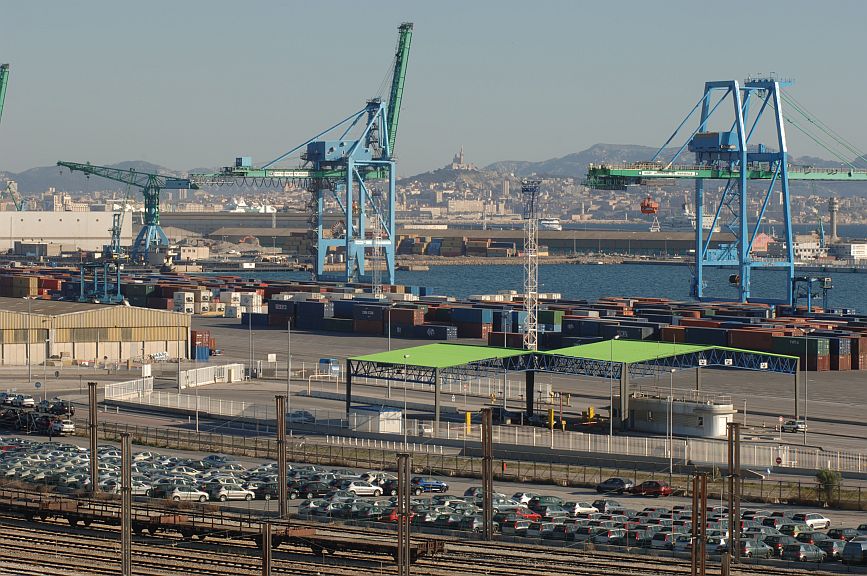
Generally speaking, the maritime-port industries, on which AGAM recently conducted a study, are contributing more and more to this high-technology movement.
… and solutions to be explored
AIVP – … and what ideas and solutions are worth exploring and adopting further?
Xavier MOIROUX, AGAM – The energy transition, industrial decarbonisation, and tackling air and marine pollution are the priorities for dealing with climate change. Places that fail to make the transition could find themselves left behind, including economically. This is particularly true of metropolitan and port territories.
There are a multitude of priorities for projects:
- Green hydrogen production and industrial decarbonisation: the need for city-wide coordination between the various projects, all of which are closely connected to traffic passing through GPMM (PIICTO, Fos ZIP, Arecelor, La Mède, Gardanne, Berre l’étang, Arkéma, etc.). Tools such as the industrial-port network being tested by the AGAM can also help us to anticipate the economic implications of the energy transition, better manage the knock-on effects due to the vulnerability of a particular company, and create new industrial synergies in these fields.
- Renewable energies: offshore wind is a big opportunity for electricity generation (25% of electricity generation in France by 2050), and floating wind farms could be a more convincing solution than fixed facilities, particularly as, being sited further offshore, they are more acceptable and have higher generating capacities. In our local area, there is the “Provence grand large” project off Port Saint Louis.
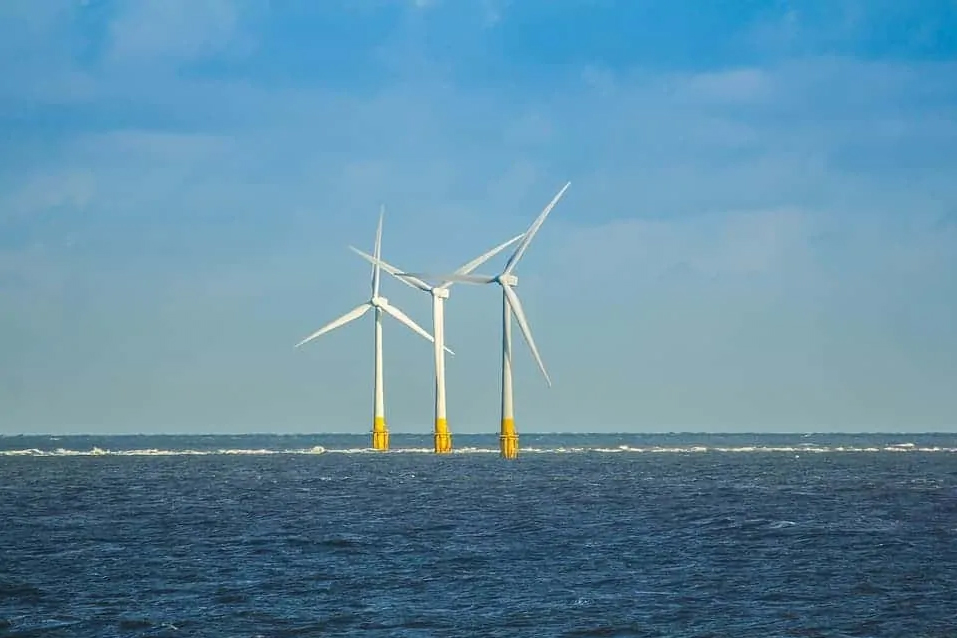
There are also challenges with building energy self-sufficiency for ports, which could see warehouse roofs covered with solar panels, for example.
- Efforts to combat air pollution from maritime shipping and heavy industry: there are a number of solutions already in use (LNG, shore power, scrubbers, etc.), while others, such as hydrogen, are at the experimental stage. GPMM is particularly active in this area, but there is a real risk of opposition vis-à-vis ports (especially for activities such as cruises). To address that, ports have strengthened their consultation mechanisms in collaboration with the AGAM, with a city-port charter and city-port dialogue.
